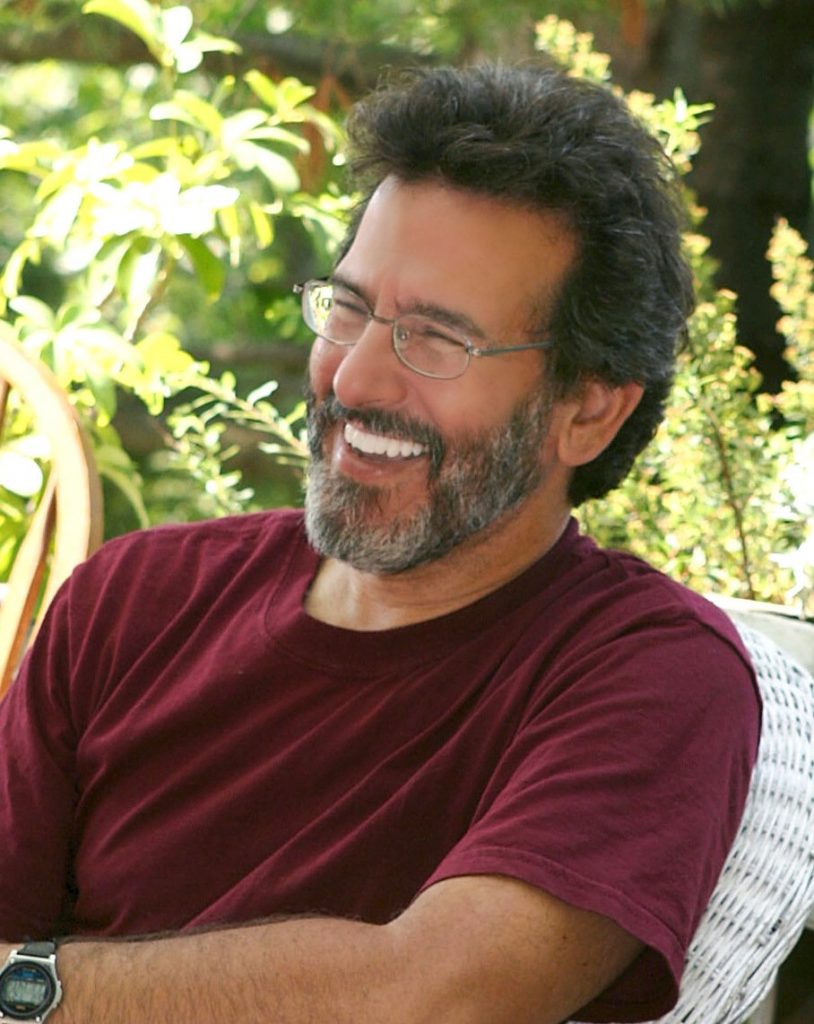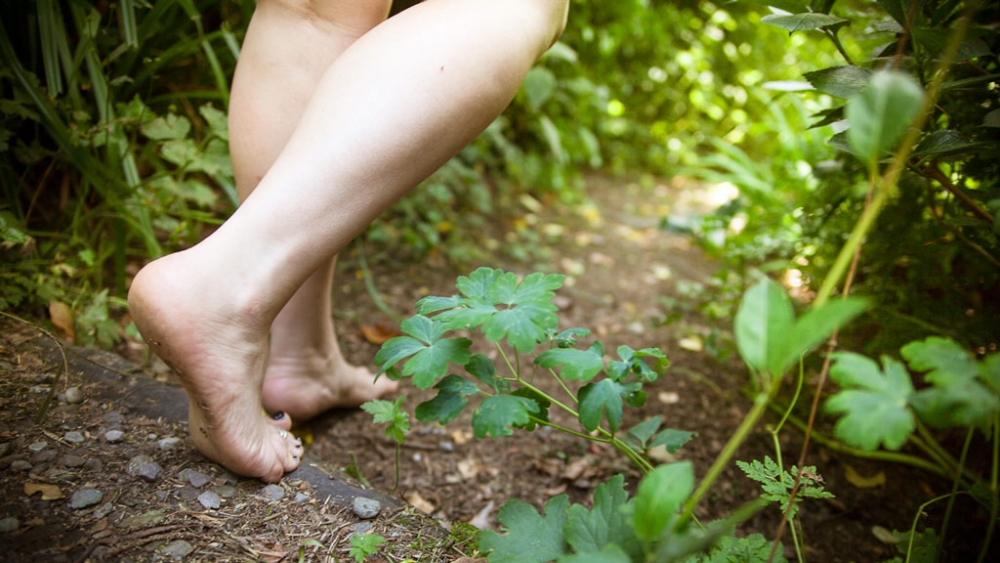When was the last time you were inspired to make some change in your life? Maybe it was a change in your work or where you live. Maybe it was related to your diet, exercise or your yoga practice. So you resolve to do something different – to take some action. The idea is there (your thoughts) but the action isn’t (your body).
Your mind lives in the world of thoughts – your body lives in . . . well . . . the real world. Sometimes you have a thought (I’ll go make myself a fresh cup of tea) and your body responds. But often, you have thoughts (I’m going to do yoga tonight as soon as I get home from work) and your body doesn’t pay any attention to those thoughts.
Though you may regret this situation, it’s actually a good thing. If your body responded to every thought you had, your life would be in a state of complete chaos (yes, more than it is now) and you would probably be in jail.
The Zen master Kosho Uchiyama referred to our thoughts simply as “secretions”.
The thought-world and the real-world
One important difference between the thought-world and the real-world is the degree of control we have. This was one of the profound insights of Japanese psychiatrist Shoma Morita (Morita Therapy). We actually have very little control over our thoughts. Thoughts arise. They dissolve. Worried thoughts arise despite our desire to avoid them.
In the course of a normal day, it is very unusual to “will” ourselves to have a particular thought. Good ideas, worries, likes, dislikes, criticisms of others, frustrating thoughts, thoughts about the past – they mostly arise spontaneously. Anybody who has meditated for long periods of time knows how “wild” the mind can be. During meditation, we watch how the mind unfolds from moment to moment. But the process is really no different off the meditation cushion than it is on the cushion.
On the other hand, we have much more control over our behaviour. We can will ourselves to remain silent during a presentation, pick up the phone and make a call, answer an email, or drive to the store.
Another difference between the worlds of thought and action involves effort. The world of thought is a world of little effort. It doesn’t take much effort to sit on the couch and think about renovating your basement. But the real world often requires lots of effort (i.e. putting in a new floor, tearing down walls). You may feel mentally exhausted after a day of writing or taking exams. But for the most part your mind lives in a lazy world where it can think anything it wants to because it doesn’t have to act. Your body, on the other hand, has to be very discriminating about what it does because just about everything requires energy and that’s a precious commodity for your body.
The point of all this is that resolutions and decisions are still just thoughts — they reside in the world of thought.
Let’s not confuse resolutions and decisions with actions. If you were to watch me making resolutions, mostly you would see me…
JUST SITTING THERE
Most of the time, and we know this statistically, your body isn’t going to listen to the mind. That’s why most resolutions are never realized in the real world, at least for any length of time. Your body ignores them. One of the reasons your body ignores your mind is because your body is a creature of habit. It tends to do what it is already accustomed to doing.
We don’t want to prevent thoughts, after all, some of them might end up being brilliant. That would be an example of the mind trying to work on itself.
Resolutions are thoughts about what you want to do in the future. So one alternative is to put your energy into presence– practising mindfulness in what you’re doing now. Mindfulness is about staying connected to what’s real in the present moment. However, be careful about then making mindfulness into a resolution. “I resolve to be more mindful when I eat or wash the dishes”. Your mind likes to play these kinds of games. That’s how it entertains itself.
Acting in the moment
When we are present, we challenge the body to act in the moment. For example, let’s say I am sitting at my desk in the library and outside my window is a birdfeeder. I feed the birds regularly to give them a little help getting through the cold Vermont winters. This morning it’s exceptionally chilly outside. I look outside and there are about ten birds perched on the branches of our maple tree and the birdfeeder is empty. So I have the thought: “I should go out and feed the birds”. Following that thought is another thought: “It’s really, really cold out there and it’s really warm here in the library”. Now if I get up, put on my coat and boots, and go outside to feed the birds I’ve accomplished two things. First, the birds have food (Hooray! Breakfast has arrived). Second, I’ve succeeded in training my body to respond to the needs of the situation.
In Morita Therapy we have a maxim:
LEAD WITH THE BODY
You may not feel like doing something. You may have thoughts like, “I’ll do this later”. But you allow your body to take the lead. And you bring your mind along for the ride.
No need to change your thoughts. No need to change your feelings. Just lead with the body.
Sounds simple. How can we do this?
Well, to begin with, you need to shift the authority for taking action away from your feelings. Many of us naturally consult our feelings as we consider what we are going to do: “I’m hungry – what do I feel like eating right now?” Or perhaps there are several things that need to be done this afternoon. You look at your list and you select the task you most like to do and avoid the task you like the least. In my book, The Art of Taking Action, I write about these likes and dislikes. Your “likes” can hold you captive.
To lead with the body, you need to learn to take action whether you feel like it or not.
George Bernard Shaw puts it concisely “Never mind likes and dislikes; they are of no consequence. Just do what must be done. This may not be happiness, but it is greatness.”
Learning from Japanese Psychology
At the heart of “Lead with the Body” is a skill – a skill called “Co-existing with Unpleasant Feelings.” This is one of the four skills at the foundation of Japanese Psychology. You are probably familiar with this skill because you’ve used it many times. It means that you don’t try to fix your feelings or fight with them. Neither do you suppress them or deny them. And you don’t give in to them. You coexist with them as you do what you need to do. You take them along for the ride.
When we lead with the body, our body makes the first move. Our feelings, for example, anxiety or aversion, don’t want to act. So they just tag along. And when you apply this skill, you may notice an interesting phenomenon – as often as not, your feelings shift in response to the body’s actions.
Think about your yoga practice. Have you ever started doing yoga feeling one way and finished with your feelings changed? How did that happen?
Many of us who were initially attracted to Asian philosophy and practice were attracted to the contemplative element of the East. My initial attraction to Zen was through meditation (zazen). But we don’t want to lose sight of the complementary element – ACTION. When we take action, even in small ways, it’s like casting a stone into a pond. Ripples are created and we have now exerted influence on the world around us.
I once heard a social activist making a presentation, and during the discussion period that followed a member of the audience commented that she found the presenter’s work inspiring. The presenter responded by asking the audience member what she was inspired to do. There was a long pause. The presenter used that moment as an opportunity to encourage her audience to be inspired to act – not just to feel or think.
Is there something or somebody that inspires you?
To do what?

Gregg Krech is a leading expert in Japanese Psychology and the founder of the ToDo Institute in Vermont. He is the author of several books including, The Art of Taking Action: Lessons from Japanese Psychology (2014) which presents an approach to action that draws on principles and practices from the East. His interests include haiku poetry, piano and basketball. He currently lives in Vermont (USA) with his wife, two teenage daughters, and a sweet Golden Retriever, named Barley.

